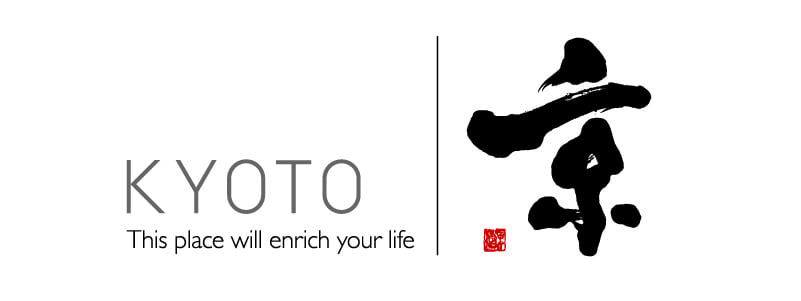Term archive
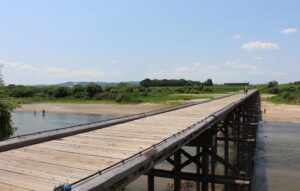
投稿タイプ:sightseeing
Nagare Bridge (Kozuya Bridge)
This wooden bridge, which extends over the Kizugawa River, is one of the longest in Japan at 356.6m. Its name comes from the fact that its girders are designed to flow in order to reduce resistance during flooding. It has been used frequently as a filming location in historical films.
It is also included in the "A Walk through the 800-year History of Japanese Tea," certified by the Agency for Cultural Affairs.
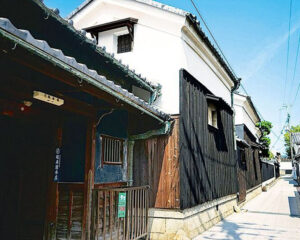
投稿タイプ:sightseeing
Kamikoma tea wholesale district
The town of Minamiyamashiro is known for its tea cultivation. About 40 tea wholesalers shops still line the streets in a corner of the Kamikoma area, where there is also a monument to the Yamashiro tea industry. Take a stroll here and enjoy the old-fashioned appearance of the town streets lined with tea sellers' shops.
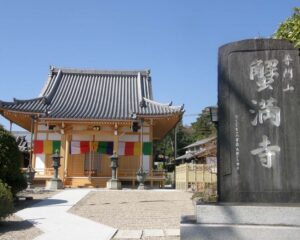
投稿タイプ:sightseeing
Kaniman-ji Temple
Formerly known as Kabata-ji Temple, Kaniman-ji Temple was built at the end of the Hakuho era (645-710). The temple's principle image is a statue of the (Shakyamuni) Buddha, a masterpiece of the Hakuho era and a designated National Treasure. The temple is also famous for its connection to the Japanese fable "The Crab's Repayment" ("Kani no ongaeshi"), which appears in multiple ancient story collections.
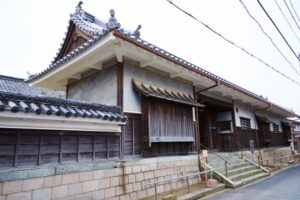
投稿タイプ:sightseeing
Former Yamada Family Residence
The Yamada Family were leaders of a collective of 13 villages in the Edo period (1603-1868) and were in charge of the fishing industry of Lake Ogura. The nagayamon gate building, wall, and main building of the property here are nationally registered Tangible Cultural Properties/Structures. In the exhibition room, you can also see materials related to Lake Ogura.
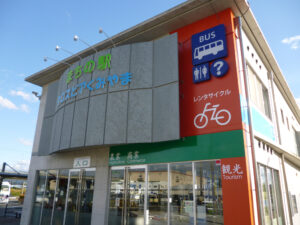
投稿タイプ:sightseeing
Machi-no-Eki Cross Peer Kumiyama
The machi-no-eki town center includes a bus terminal, local vegetables and more for sale, bicycle rentals, and the facility also serves as a base for information about local industries.
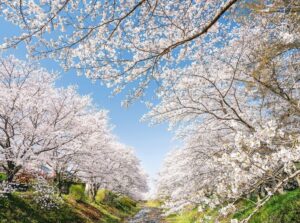
投稿タイプ:sightseeing
Cherry Blossoms Along the Tamagawa River
The Tamagawa River, which was selected as one of the "Heisei Era's Famous 100 Springs," has appeared in many poems and stories of old.
About 500 Yoshino cherry trees bloom on both banks for 1,500m along the upper reaches of the Tamagawa River off Route 24.
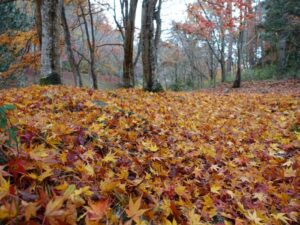
投稿タイプ:sightseeing
Yamashiro Forest Park
This forest park is blessed with abundant nature in all seasons, but offers especially beautiful spots for viewing the colorful autumn leaves. Enjoy a panoramic view of the Soraku area from the Mt. Sanjoyama Observatory in the park.
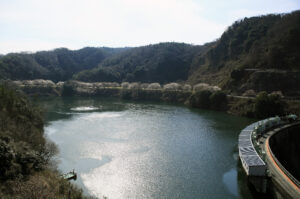
投稿タイプ:sightseeing
Takayama Dam
Enjoy driving and hiking while viewing a row of cherry trees.
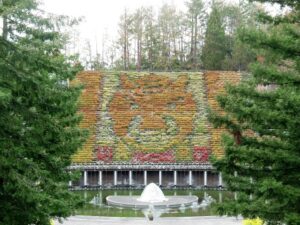
投稿タイプ:sightseeing
Uji City Botanical Park
Opened in October 1996, Uji City Botanical Park has land 10 hectares large, rich in undulation, and interwoven with canals and water fountains. The welcoming 3D waterfront at the entrance, "Tapestry of Flower and Water", is a spectacular view and among the best in Japan. It is 62 meters long and 18 meters high, with close to 3000 flower pots lined up in 46 rows to present a theme or a character related to Uji. The north-eastern (right) side of the park is the autumn area with red leaves, and the south-western (left) side is the spring area with seasonal flowers. There is also the summer area with lotus from Oguraike, and in the greenhouse there are tropical and subtropical flowers available all year. The symbolic plant of the park, the weeping cherry tree, blossoms from mid-March to end of March, during which the park will be open at night free of entrance fee.
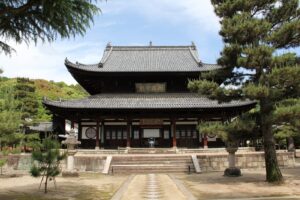
投稿タイプ:sightseeing
Obaku-san Manpuku-ji Temple
Obaku-san Manpuku-ji is the head temple of the Obaku school of Zen Buddhism. It was founded in 1661 by the Chinese monk Ingen, who came to Japan in the early Edo period (1603-1868).
The temple grounds are lined with great Chinese-style temple buildings, giving it an exotic feeling. Visitors can also experience culture from the Asian continent in the form of Fucha vegetarian cuisine, which originates from China, or "Bonbai" sutras read in Chinese rhyme.
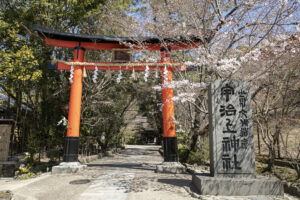
投稿タイプ:sightseeing
Ujigami Shrine
The main hall, said to be the oldest existing example of Shinto architecture, was built during the Heian period (794-1185), and consists of three units connected in the nagare-zukuri style, with larger shrine units on the left and right, and a smaller center one. The prayer hall (a national treasure), is built in a shinden-zukuri-like residential architectural style. Together with Uji Shrine, this shrine is said to have originally been Shinto shrines on the grounds of Byodo-in Temple.
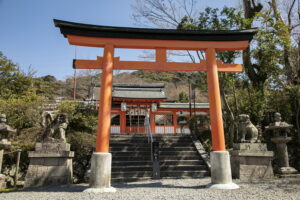
投稿タイプ:sightseeing
Uji Shrine
Standing on the banks of the Uji River, Uji Shrine was established in 313. It is located on the former site of Emperor Ojin's detached palace (Kirihana Higeta-no-miya), and its enshrined deity is Uji-no-Waki-iratsuko-no-mikoto, son of Emperor Ojin. The main hall (an Important Cultural Property) was built in the Kamakura period (1185-1333) in a three-peaked nagare-zukuri style, but there are other remaining cultural treasures as well, such as wooden guardian dogs and Noh masks.
